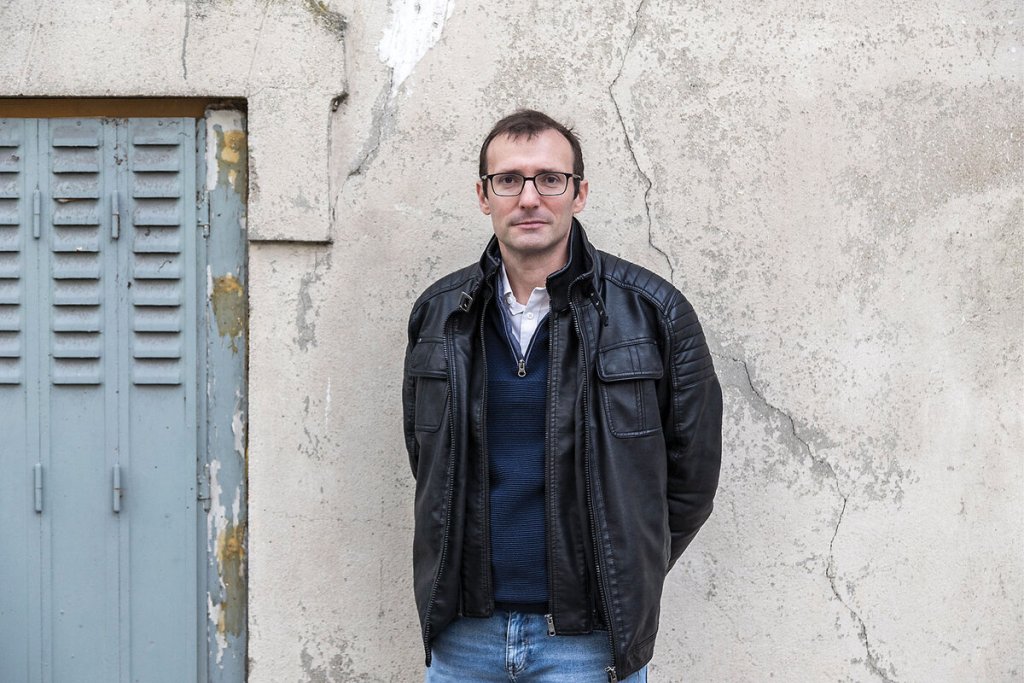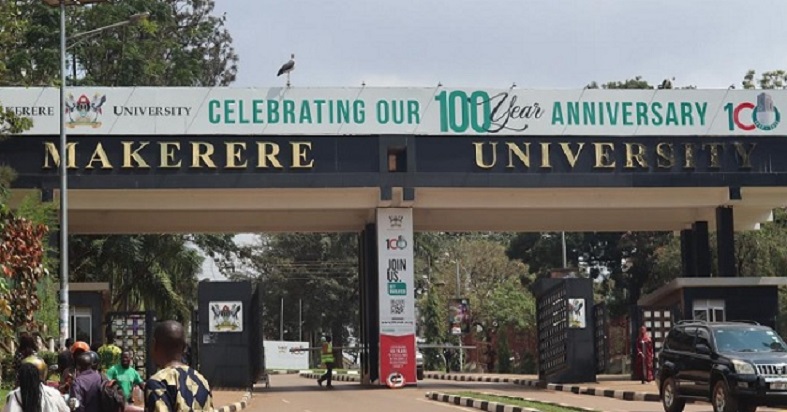(Paris) – Eight individuals have gone on trial in Paris for allegedly encouraging or assisting the killer of Samuel Paty, a history teacher who was beheaded outside his school in 2020. The trial aims to examine the events that led to Paty’s murder and how false information spread online contributed to the tragedy.
The primary perpetrator, Abdoullakh Anzorov, an 18 year old of Chechen origin, was killed by police shortly after the attack. This trial, however, focuses on the people who allegedly played roles in the events leading to the killing, including those accused of publicly identifying Paty as a “blasphemer.”
In October 2020, Paty, a well respected history teacher in Conflans-Sainte-Honorine near Paris, gave a class on freedom of speech. As part of his lesson, he briefly displayed cartoons of the Prophet Muhammad, referencing the 2015 Charlie Hebdo attacks where magazine staff were killed for publishing similar images. Paty invited any students who might be offended to avert their eyes.
The following day, a 13 year old student who was not in the classroom at the time, claimed to her father that Paty had shown offensive images and forced Muslim students to leave. This version of events was false; however, it quickly circulated online. The girl’s father, Brahim Chnina, posted videos of her repeating the claim on Facebook, where he also mentioned Paty by name. Soon after, local Islamist activist Abdelhakim Sefrioui published a 10-minute video titled “Islam and the Prophet Insulted in a Public College,” further fueling online outrage.
Threats and hostile messages from around the world soon flooded the school, and Paty reportedly shared with colleagues that he was under immense stress due to the backlash. Among those who saw the online posts was Anzorov, who made plans to confront Paty after reading about the alleged offense.
Anzorov sought assistance from two friends, who are now among the defendants. One allegedly helped him purchase a knife, while the other assisted him in acquiring two replica pistols and drove him to Paty’s school on the day of the attack. Four additional defendants are charged with encouraging Anzorov’s actions through online chats on social media platforms like Snapchat and Twitter.
The defense claims that, while the accused individuals acknowledge their involvement in certain aspects of the case, they did not call for violence against Paty or expect Anzorov to commit murder. Lawyers for Chnina and Sefrioui argue that while they criticized Paty’s actions, they never intended to incite violence.
For the prosecution, however, context is key. At the time of Paty’s murder, tensions in France were high over recent Islamist threats. Just days earlier, Charlie Hebdo had republished the same controversial cartoons to mark the beginning of a trial related to the 2015 attack, and a Pakistani man had injured two people in September with a machete near Charlie Hebdo’s former offices. In this climate, the prosecutors argue, condemning Paty online as a “blasphemer” was akin to marking him as a potential target.
In a separate development, five students were previously convicted for identifying Paty to Anzorov in exchange for money.
The trial is scheduled to run until December, exploring the alleged roles of each defendant.




















